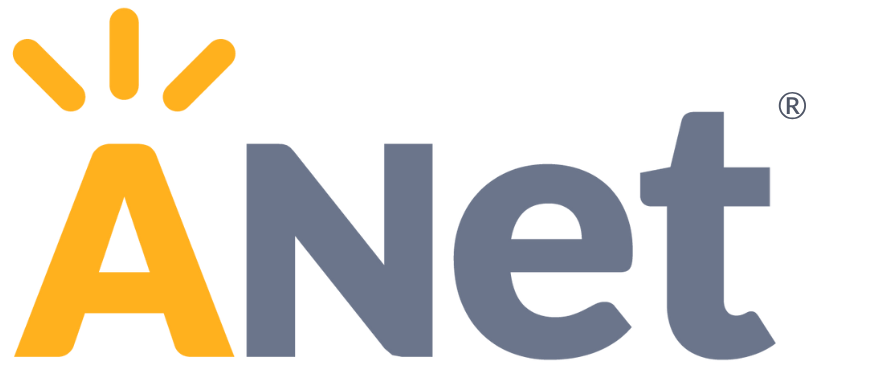by Sarah Tierney
Tamara Johnson and the staff at University Prep have always focused on students. But recently, teachers and leaders have taken it to a whole new level. Throughout each lesson, teachers and leaders maintain a laser-like focus on what students say and do, and how they are progressing toward mastery of the learning goal.

Tamara Johnson, Principal at University Prep
A few months ago, Tamara Johnson, principal at University Prep in Detroit, Michigan, and her leadership team noticed something: teachers seemed to be doing a lot of the “heavy lifting” during lessons. They were doing most of the talking, asking students too few questions and without even realizing it, providing most of the answers.
This realization prompted the staff to think more deeply about what they wanted to hear students saying and see students doing in the classroom. They shifted their focus to planning for student actions that would accelerate their progress toward the high expectations teachers and leaders had set for them. Where are the opportunities for students to independently reflect before they engage in a group discussion? Where are the opportunities for students to share ideas with a partner before diving into a writing task? If a student demonstrates that they understand this concept, what question will we ask to push their thinking further?
“It’s powerful to see teachers thinking about how every action, whether teacher or student, can directly contribute to mastery of the learning target. ”
Ben Curran, University Prep’s ANet coach, describes how teachers adjusted their lesson planning to foster those behaviors: “As teachers review a lesson, they annotate and identify teacher and student actions. If they notice that the student actions are primarily listening or reading, they think about how to make the learning activities more interactive and engaging.”
These days, University Prep students have multiple opportunities to think about, talk about, and engage with challenging concepts, which strengthen and reinforce their learning.
How can you bring University Prep’s approach to your classrooms?
Tamara and her team laid the foundation for this work by first grounding teachers in “the why,” as Tamara calls it. They wanted teachers to see that raising expectations for students and believing that they are capable of thinking and problem-solving at high levels is an issue of educational equity.
“We can now say for a fact that students are doing more of the heavy lifting than they have ever been before. ”
And this belief has taken root. “The staff at University Prep sees this work as a responsibility they have as educators: to provide opportunities for all students to think, read, write, discuss, problem solve at a high level every single day,” says Ben.
Another key step Tamara and her leadership team took was to carve out time and space for teachers to pursue this priority. Teachers work alongside Tamara or an instructional coach during planning time to focus on harnessing the power of student thinking and doing within a lesson.
During PD days, teachers watch videos of classroom instruction and analyze student actions together, considering which actions accelerate or impede progress toward the learning target. Then they reflect on how they might improve this lesson. Some teachers at University Prep even use prep time to visit other teachers’ classrooms to look for student actions and offer peer-to-peer feedback.
For any educator, it’s all about the kids. By placing a microscope over students’ actions, University Prep is accelerating students learning through lessons in which they are the primary thinkers and actors. “We can now say for a fact that students are doing more of the heavy lifting than they have ever been before,” says Tamara, and that empowers students to play an active role in their learning.
Sarah is a director of new partnerships and former coach at ANet.
